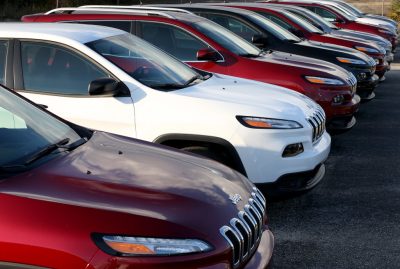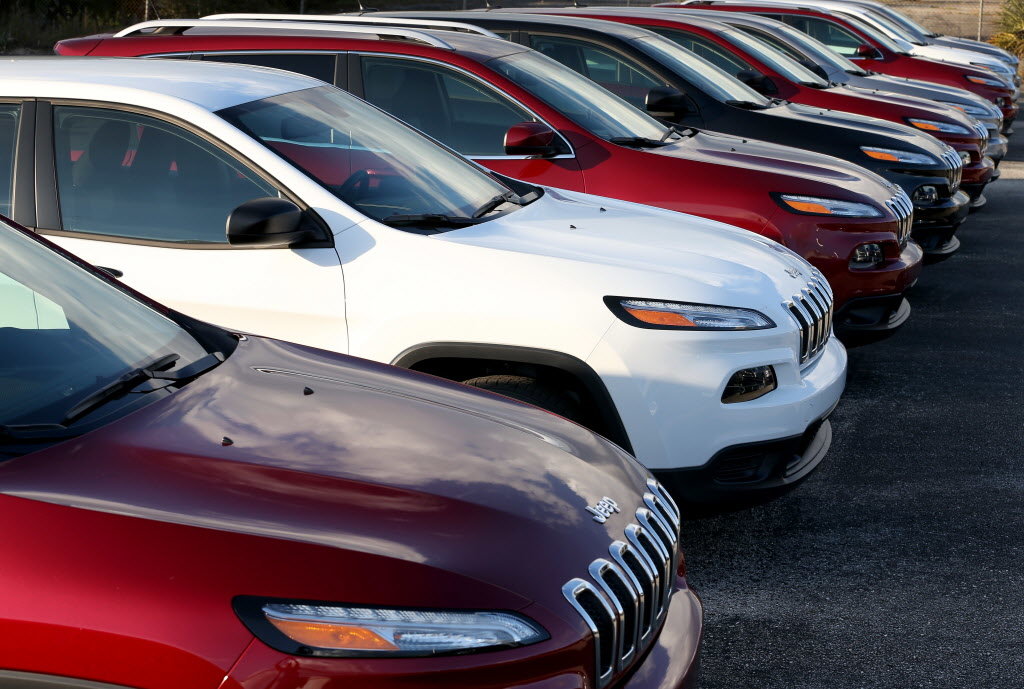Auto loans are a common means of making car ownership accessible to a wide range of consumers. However, within the realm of auto financing exists a category known as subprime auto loans, which caters to individuals with less-than-perfect credit histories. These loans can be a lifeline for those facing credit challenges but come with their own set of intricacies and considerations. In this informative guide, we’ll explore the world of subprime auto loans, shedding light on what they are, how they work, and the potential benefits and risks associated with them. Whether you’re a borrower exploring financing options or simply curious about the intricacies of auto lending, join us as we demystify the realm of subprime auto loans.
Key Takeaways
- Subprime auto loans are designed for borrowers with lower credit scores, typically ranging from 500 to 600.
- These loans often come with higher interest rates and fees compared to prime loans.
- Subprime borrowers are seen as higher risk by lenders, leading to the higher interest rates and fees.
- It is important to carefully evaluate the terms and conditions of a subprime auto loan before deciding.
Definition of Subprime Auto Loans
In order to understand subprime auto loans, you should familiarize yourself with the definition of these loans and the credit score range associated with them.
Subprime auto loans are loans specifically designed for borrowers with lower credit scores, typically ranging from 500 to 600. These loans are offered to individuals who may have a history of late payments, bankruptcy, or other financial difficulties that have negatively impacted their creditworthiness.
Unlike prime loans, which are offered to borrowers with higher credit scores, subprime loans often come with higher interest rates and fees. Lenders view subprime borrowers as higher risk, so they charge more to compensate for potential defaults.
It’s important to understand that subprime auto loans can be a viable option for individuals with poor credit, but it’s essential to carefully evaluate the terms and conditions before making a decision.

Credit Score Range for Subprime Loans
You should be aware of the credit score range that’s typically associated with subprime loans, as it can help you understand your eligibility for such loans. Subprime auto loans are designed for borrowers with lower credit scores, usually ranging from 500 to 600. These loans are meant for individuals who may have a history of late payments, defaults, or bankruptcy.
Lenders consider subprime borrowers as higher risk, which is why they charge higher interest rates and fees compared to prime loans. It’s important to carefully evaluate the risks and considerations before deciding on a subprime auto loan. Alternatives such as leasing or adding a co-signer may offer better loan terms.
Target Borrowers for Subprime Loans
Borrowers with lower credit scores are the primary target for subprime loans. If you have a credit score below 620, you may be considered a subprime borrower. Lenders offer subprime loans to individuals who may not qualify for prime loans due to their credit history. These loans often come with higher interest rates and fees, as lenders view them as higher-risk borrowers.
Subprime loans can be an option for those who need a car but may not have the best credit. However, it’s important to carefully evaluate the terms and consider the potential risks involved. If you’re considering a subprime loan, make sure to compare offers from different lenders, understand the repayment plan, and be aware of any additional fees.
Keep in mind that improving your credit score over time can help you access more favorable loan options.
Categorization of Credit Scores by the Consumer Financial Protection Bureau
During your research, remember that the Consumer Financial Protection Bureau categorizes credit scores to help lenders assess risk. These categories provide a way for lenders to determine the likelihood that you’ll repay your loan on time. The categories range from ‘super prime’ to ‘subprime,’ with each category representing a different level of risk.
Super prime borrowers have the highest credit scores and are considered the least risky, while subprime borrowers have lower credit scores and are seen as higher risk. Lenders may offer different loan terms and interest rates based on your credit score category.
It’s important to understand this categorization and how it can impact your ability to secure a loan with favorable terms.
Similarities to Regular Loans
When comparing subprime auto loans to regular loans, it’s important to note the higher interest rates and fees associated with subprime loans. Subprime auto loans are designed for borrowers with lower credit scores, typically below 600. Lenders offer these loans to individuals who may not qualify for prime loans due to their credit history.
However, the higher interest rates and fees serve as a way for lenders to mitigate the risk associated with lending to borrowers with lower credit scores. These higher costs can significantly impact your overall loan repayment, making it important to carefully consider the terms and conditions of a subprime auto loan before committing.
Exploring alternative options, such as improving your credit score or saving for a larger down payment, may help you secure a more favorable loan in the long run.
Monthly Payment Plan With Interest and Fees
You can expect a monthly payment plan with interest and fees when you opt for a subprime auto loan. Subprime auto loans are designed for borrowers with lower credit scores, making them riskier for lenders.
Due to this increased risk, lenders charge higher interest rates and fees compared to prime loans. This means that your monthly payments will be higher, and you’ll end up paying more over the life of the loan.
It’s important to carefully evaluate the terms and conditions of a subprime auto loan before making a decision. Consider alternatives such as leasing or adding a co-signer to improve your loan terms.
Higher Interest Rates and Fees Compared to Prime Loans
There are significantly higher interest rates and fees associated with subprime auto loans compared to prime loans. If you have a subprime credit score, lenders consider you a higher-risk borrower. As a result, they charge higher interest rates and fees to offset that risk.
These higher rates and fees can make a significant impact on the overall cost of your loan. It’s important to carefully evaluate the terms and conditions of a subprime auto loan before making a decision. Consider alternatives such as increasing your down payment or adding a co-signer to improve your loan terms.
Additionally, be aware of the risks associated with subprime auto loans, including the possibility of vehicle repossession. It’s crucial to thoroughly understand the terms and carefully weigh the options before committing to a subprime auto loan.
Additional Information Required by Lenders
How can lenders ensure that they’ve all the necessary information to assess your eligibility for a subprime auto loan?
Lenders need to gather certain information in order to evaluate your eligibility for a subprime auto loan. They’ll typically ask for documents such as proof of income, employment history, and residence history. These documents help lenders assess your ability to repay the loan.
Additionally, they may request your credit report to review your credit history and determine your creditworthiness. Lenders also consider factors like your debt-to-income ratio and the loan-to-value ratio of the vehicle you want to purchase.
Risks of Subprime Auto Loans
Be aware of the risks associated with subprime auto loans, such as higher interest rates and the potential for vehicle repossession.
When you consider taking out a subprime auto loan, it’s important to understand that the interest rates on these loans are typically higher than those on prime loans. This means that you’ll end up paying more over the life of the loan. Additionally, there may be additional fees associated with subprime auto loans, further increasing the overall cost.
Another risk to consider is the potential for vehicle repossession. If you’re unable to make your loan payments, the lender may repossess your vehicle as a means to recoup their losses.
It’s crucial to carefully evaluate your financial situation and consider alternative options before committing to a subprime auto loan.
Alternatives and Strategies for Subprime Auto Loans
When considering subprime auto loans, you should explore alternatives and strategies such as adjusting the loan duration and making a down payment to mitigate risks.
By adjusting the loan duration, you can potentially lower your monthly payments, making it more manageable for your budget. However, it’s important to note that extending the loan duration may result in paying more interest overall.
Making a down payment is another strategy that can help reduce the loan amount and lower your monthly payments. Additionally, it can demonstrate to lenders that you’re committed to the loan and may potentially improve your loan terms.
Exploring these alternatives and strategies can help you navigate the risks associated with subprime auto loans and make a more informed decision.
Conclusion
So, if you’re considering a subprime auto loan, it’s important to weigh the risks and factors involved.
While these loans cater to borrowers with lower credit scores, they often come with higher interest rates and fees. Additionally, there’s a possibility of vehicle repossession if you’re unable to make your payments.
However, there are alternative strategies and options to explore. By understanding the risks and exploring alternatives, you can make a more informed decision about financing your next vehicle purchase.
